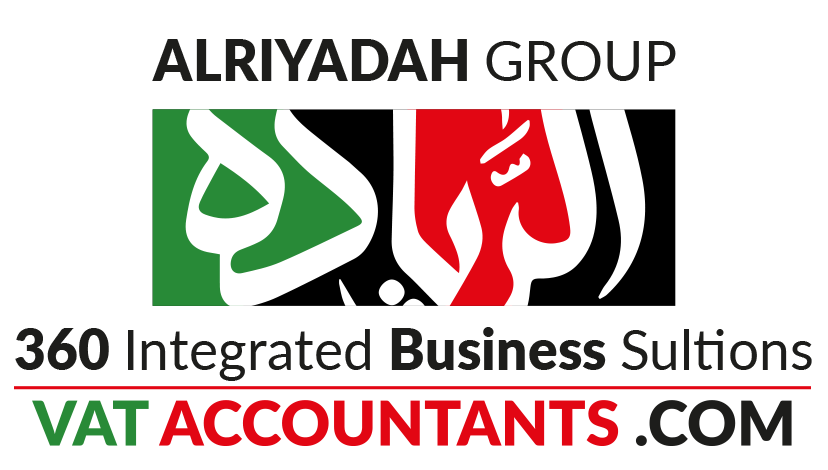Cost of Business Valuation
- January 22, 2022
- Posted by: a.rrajjoub@gmail.com
- Categories: Funding trends, Uncategorized

Cost of business valuation is the most common questions asked from us in the consulting assignments. Getting your business valued is a very important but complex matter, as many factors are involved to get a correct valuation. The cost of valuation might vary from case to case, depending on many factors, like the type of business, its volume, and complexity. There are other factors involved too like the purpose of valuation, the structure of ownership, and other variables that will determine the cost involved in getting a valuation completed. Let’s go through the details of all the different factors affecting the cost of valuation and prepare a valuation report. In general, it can be assumed a more complexity in these factors will eventually result in a higher cost for valuation.
Factors Affecting the Business Valuation Cost
The first step in a business valuation is to understand the business and the purpose of the valuation. Then comes collecting the data, selecting a proper approach, and calculating a value. A combination of all of these factors _ the type and size of business, amount of data to be collected and evaluated, and the method selected for valuation or for calculating a value.
There are several steps in this process where complexity can arise. The purpose for a valuation could be decisive of how costly it will be in the long run.
Business Valuation Steps Affecting the Cost Factor
- The purpose for the valuation: The purpose of the valuation might be a big factor affecting the cost. For example, if the purpose is to find an investor the business will be valued on the market approach to compare its performance with other similar businesses. On the other hand, if the purpose is the acquisition of a service provider by a regional or national company the valuation approach will be more complex, bringing into account the tangible and intangible assets, depreciation of physical assets, replacement costs, and many other factors.
- Data collection and analysis: Data collection in a privately held or a family business may require more time and effort as the business might not have been following standardized methods for their financial records, or in a family business the appraiser might have to sort through the assets as the personal and company assets might be intermixed which is normal in case of bookkeeping for family owned businesses.
For a subject company that is public, finding the relevant data might be much more time-consuming resulting in increased cost. - The valuation approach: The purpose of valuation will decide the number and types of methods used for valuation:
- The market approach: relies on comparison to similar companies. It can be quicker and easy but is less precise, as there could be significant differences in any two businesses.
- The income approach: This approach involved deep analysis of the subject company’s financial position and its performance in comparison to other such companies, and prospects of future earnings and profits. But it relies heavily on assumptions about the future which makes it a little inaccurate.
- The cost approach: This approach provides solid data about the tangible assets of a business but does not provide the value of the operations.
As each of these approaches has its advantages and disadvantages, going for a combination of approaches is a better idea to get a more accurate estimate of the business value.
Although there could be other factors involved these three steps of the valuation process have a bigger impact on the valuation cost.
- Growth through innovation/creativity:
Rather than be constrained by ideas for new products, services and new markets coming from just a few people, a Thinking Corporation can tap into the employees. - Increased profits:
The corporation will experience an increase in profits due to savings in operating costs as well as sales from new products, services and ventures.
- Higher business values:
The link between profits and business value means that the moment a corporation creates a new sustainable level of profit, the business value is adjusted accordingly. - Lower staff turnover:
This, combined with the culture that must exist for innovation and creativity to flourish, means that new employees will be attracted to the organization.
